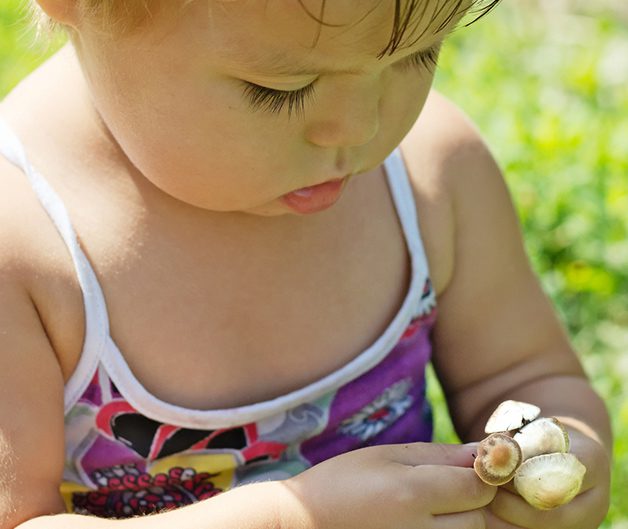Landscaping brings shade and beauty to the yard. What many homeowners may not realize is there are toxic plants in their midst. According to the Cornell University Cooperative Extension, there are more than 700 plants in the U.S.that are known to cause sickness in people and animals, and they can be found in any region. This is a concern if you have curious pets or young children around, so here are some tips to keep them safe:
- Cornell offers several online resources to identify common poisonous plants and shrubs. There are even specific guides for cats, dogs and horses.
- The most common and well known toxic outdoor plants are poison ivy, poison oak and poison sumac. These plants are found in most areas of the United States and have the same common symptoms: itching, red rash and then blisters. The symptoms can start from a few hours to several days after exposure. These fact sheets can help identify the differences of the plants and offers recommended treatments.
- If the landscaping adjacent to your street has toxic plants, consider fencing them off or moving them to a less “public” spot. That way, dogs that are out and about in the neighborhood don’t have easy access to them.
- Teach children to not put garden plants and berries in their mouths.
- If ingestion does happen, vomiting is sometimes the best way to eject a poisonous substance from the body. However, with some poisons, vomiting can be deadly. As incredible as this seems, some toxins can do more damage to the body when vomiting is induced. Never administer care without consulting with a pediatrician or your state’s poison control center. Should a pet devour a garden plant, call the pet poison control hotline.
This article was brought to you by our friends at Erie Insurance. Miller’s would like to extend its gratitude to Erie Insurance for both being a wonderful business ally and for letting us use the articles found on their blog, Eriesense.

